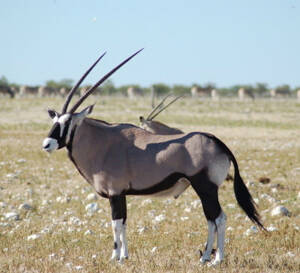
Oryx gazella
Oryx gazella,Gemsbok,Gemsbok
South African Oryx gazella (scientific name: Oryx gazella) is also known as ···
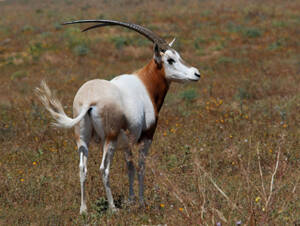
Oryx dammah
Oryx dammah,Scimitar-horned oryx,Scimitar-horned oryx, white oryx, white oryx, scimitar-horned oryx, scimitar-horned oryx
Scimitar-horned oryx (scientific name: Oryx dammah) is called Scimitar-horne···
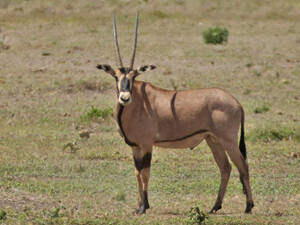
Oryx beisa
East African Gemsbok, Oryx oryx, East African Gemsbok
East African Oryx (scientific name: Oryx beisa) English Beisa Oryx, French O···
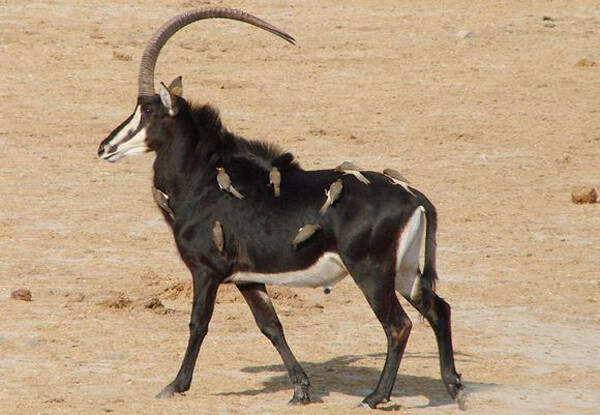
Hippotragus niger
Hippotragus niger,Sable Antelope
Sable Antelope (scientific name: Hippotragus niger) is also known as Sable A···
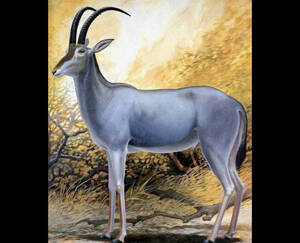
Hippotragus leucophaeus
Hippotragus leucophaeus,Bluebuck
The scientific name of the bluebuck is Hippotragus leucophaeus, and its fore···

Hippotragus equinus
Hippotragus equinus
The scientific name of the Hippotragus equinus is small groups living in pla···
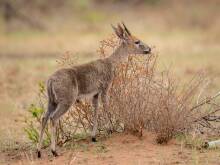
Sylvicapra grimmia
Gray duiker, Gray duiker, Gray duiker, Gray duiker
Common Duiker (scientific name: Sylvicapra grimmia) English Common Duiker, B···

Cephalophus zebra
Cephalophus zebra
The spotted duiker (scientific name: Cephalophus zebra) is called Zebra Duik···
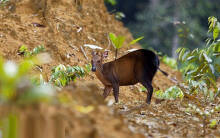
Cephalophus weynsi
Cephalophus weynsi
Weyns's Duiker (scientific name: Cephalophus weynsi) English Weyns's···
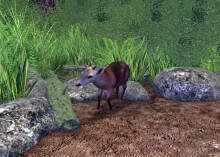
Cephalophus spadix
Tanzanite, Abbott's duiker
Tanzanian duiker (scientific name: Cephalophus spadix) English Abbott's ···
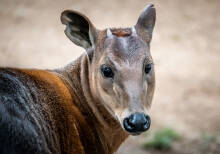
Cephalophus silvicultor
Cephalophus silvicultor,Yellow-backed antelope,
Yellow-backed Duiker (scientific name: Cephalophus silvicultor) English: Yel···

Cephalophus rufilatus
Cephalophus rufilatus
Red-flanked Duiker (scientific name: Cephalophus rufilatus) is called Red-fl···
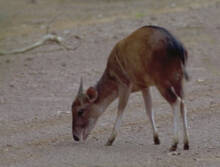
Cephalophus ogilbyi
Cephalophus ogilbyi,Ehrlich's Muntjac
Ogilby's Duiker (Cephalophus ogilbyi) is known as Ogilby's Duiker in···
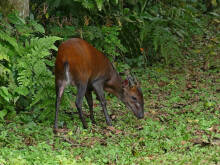
Cephalophus nigrifrons
Cephalophus nigrifrons
Black-fronted Duiker (scientific name: Cephalophus nigrifrons) English: Blac···
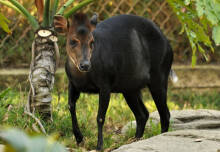
Cephalophus niger
Cephalophus niger
Black Duiker (scientific name: Cephalophus niger) is called Black Duiker in ···
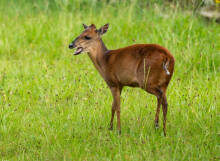
Cephalophus natalensis
The Red Duiker (Cephalophus natalensis) is the only red duiker in its range;···

Cephalophus jentinki
Cephalophus jentinki,Jane's gazelle, Long-headed gazelle
Jentink's duiker (scientific name: Cephalophus jentinki) is called Jenti···
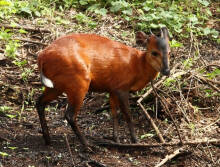
Cephalophus harveyi
Cephalophus harveyi,Harbour's gazelle
Harvey's Duiker (scientific name: Cephalophus harveyi) English: Harvey&#···
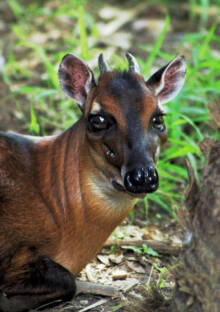
Cephalophus dorsalis
Cephalophus dorsalis,Bay Duiker, Céphalophe bai、Céphalophe à bande dorsale noire, Duiquero Bayo,Schwarzrückenducker,Black-backed antelope, Gulf antelope
Bay Duiker (scientific name: Cephalophus dorsalis) English: Bay Duiker, Fren···
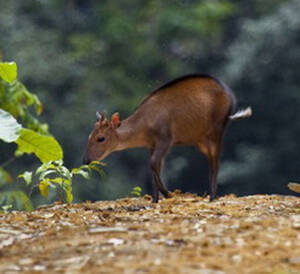
Cephalophus callipygus
Cephalophus callipygus
Blue-rumped duiker (scientific name: Cephalophus callipygus) English: Peters···
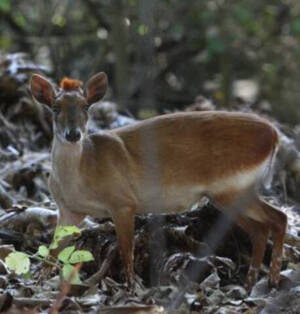
Cephalophus adersi
Cephalophus adersi,Ehrlich's duiker, Sang Island duiker
Cephalophus adersi (English: Aders' Duiker, German: Aders-Ducker, Adersd···
